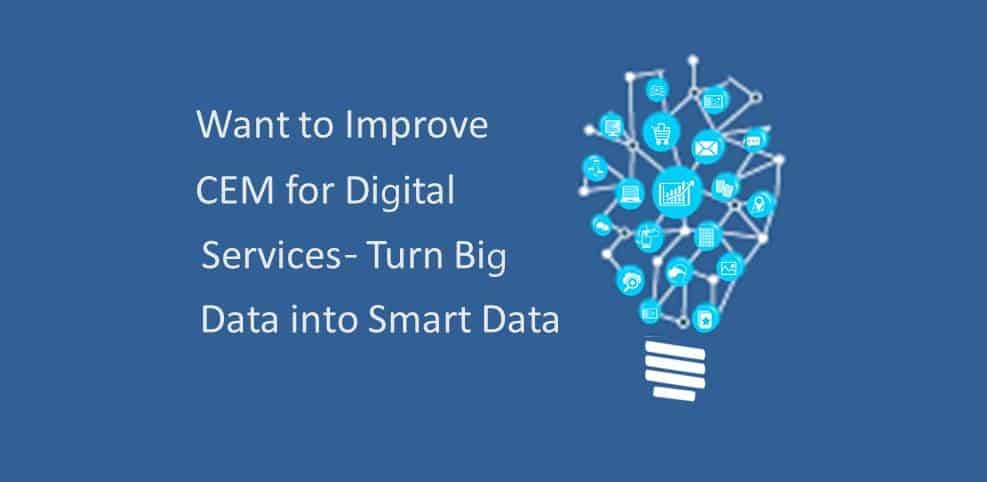As data commoditisation rises there are many initiatives underway to allow traditionally network-focused CSPs to become more customer-centric. As a result many CSPs are stepping up to the mark to provide more digital services to their customers. The driver for this is purely economic: They need to do this to get an increased share of their customers’ digital spend. If they don’t, some CSPs could become irrelevant in the eyes of their biggest asset – their customer base.
The renewed focus on the customer is resulting in an increased investment in CEM – which is all well and good, as long as companies have the right data to drive these new systems. Otherwise it’s a bit like buying a sports car and not putting petrol in it. The idea of the smartphone as the remote control for many aspects of a person’s life sums up both the opportunity and challenge to become customer centric in the digital world. It highlights the fact that the data generated by customers is increasing in scale, and that this data increasingly needs to be used in real-time to be of value. To make CEM work best, this big and fast data needs to harnessed in a cost effective, efficient and usable manner.
With digital services, CSPs need to understand customers’context in real-time. What they’re doing here and now, where they are, what they’ve just done. CSPs need this real-time usage and experience data from all customer touch points – from the network to the call centres. Plus this data must be augmented with historical data (e.g. NPS, lifetime value score, churn propensity score, etc). With this understanding of context, CSPs can provide a better service to their customers,and provide more relevant marketing and personalized engagement.
Yet the biggest challenge that CPSs face in implementing CEM is getting a holistic view of the customer and understanding context. Data silos are prevalent in many CSPs. This disjointed approach to data does not provide the full customer view - the result is that CSPs are missing out on the associated value that integrated contextual data delivered in a timely fashion can provide.
Providing a ‘joined up’ approach to big data can enable the holistic customer view that is needed in CEM, as well as many other use cases. In order to deliver business value and not stagnate in a ‘data lake’, big data needs to be efficiently and effectively used. As a result the data sets must be “right-sized”. This means transforming the raw collected data into “Smart Data” which provides useful, holistic views of the customer plus context in seconds.
To enable this new approach to getting value from big data,CSPs are looking to big data preparation to collect, prepare and manage data from many different sources. The next stage is to make it available to a wide range of systems – ranging from data management systems to operational systems. Big data preparation can manage the massive volume and increased velocity of data that digital transformation is driving. This will provide the data foundation for smarter CEM.
This post was originally published on Openet's Blog




















